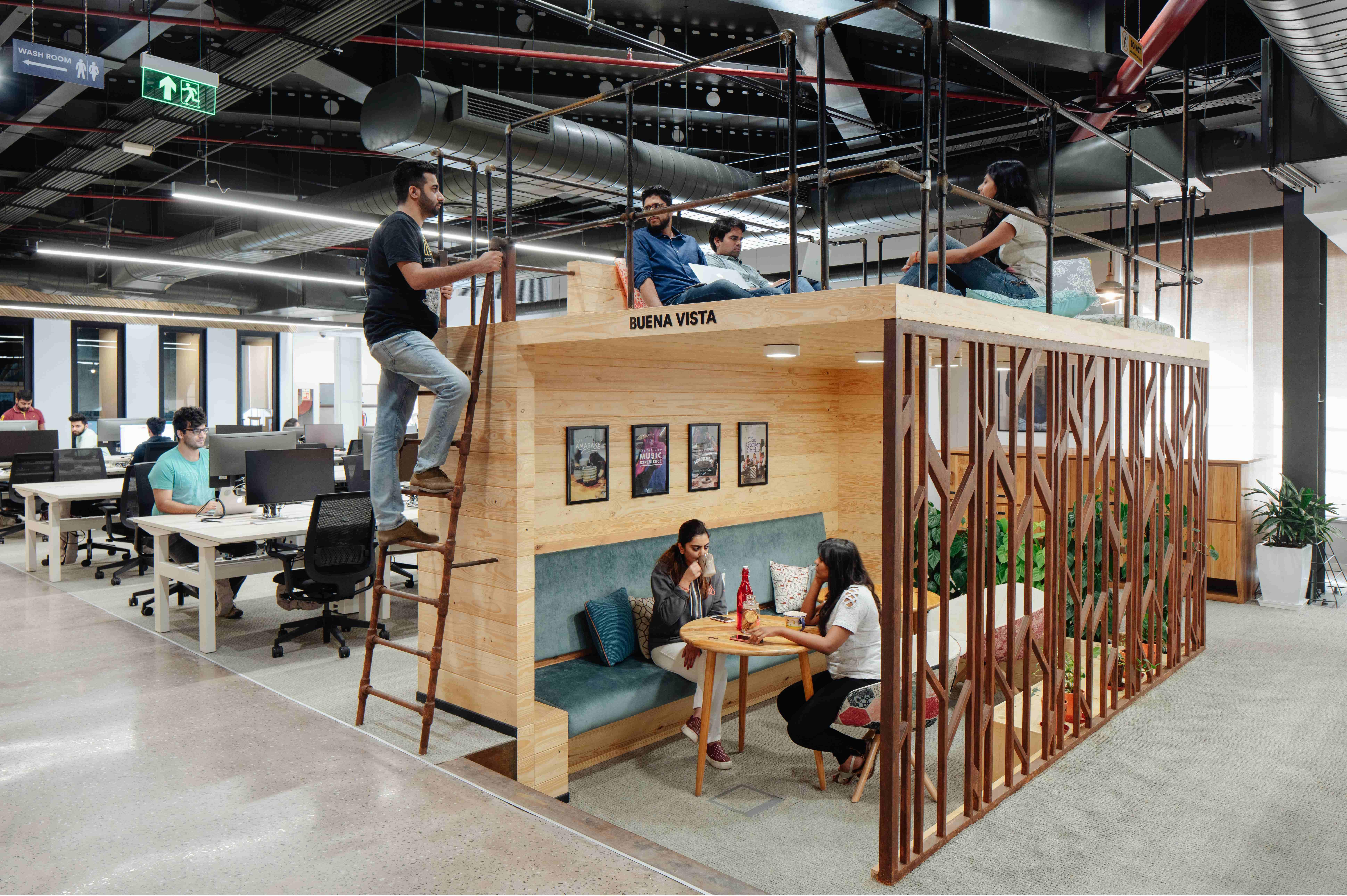
Beyond Ping-Pong Tables: Building a Culture of Belonging and Community
The landscape of corporate culture is rapidly evolving, extending beyond traditional perks like the once-popular ping-pong tables and bean bag lounges. As organisations adjust to the dynamic requirements of a rapidly changing workforce, the focus has shifted towards fostering a culture of belonging. And rightfully so.
According to a recent McKinsey survey, 51% of employees departed from their roles due to a perceived lack of belonging in their workplace. This indicates that beyond the tangible symbols of modernity, the true essence of a thriving workplace involves creating an environment where employees experience a genuine sense of belonging and purpose.
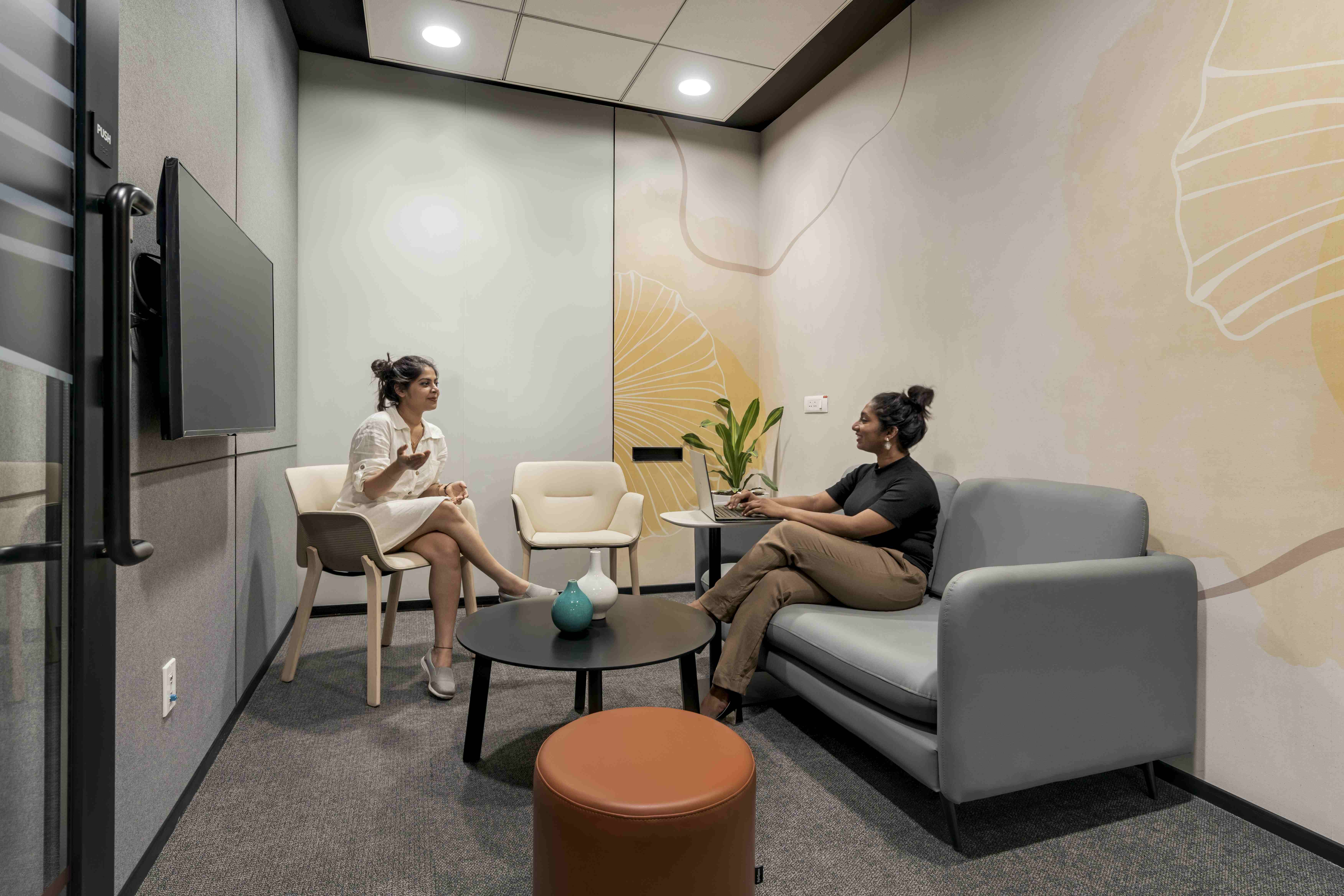
Let's delve into the evolution of modern workplace culture and examine how office space designs contribute to establishing a sense of belonging and community. We will also explore exemplary workplace culture instances that leverage workspace designs to enhance employee well-being.
Shifting the Focus: From Perks to Purpose
Organisations have acknowledged the imperative to adjust to the evolving expectations of the workforce. The foundational elements characterising this modern workplace culture signify a deliberate departure from traditional norms. This shift places a strong emphasis on flexibility as a crucial factor to accommodate the diverse demands of employees.
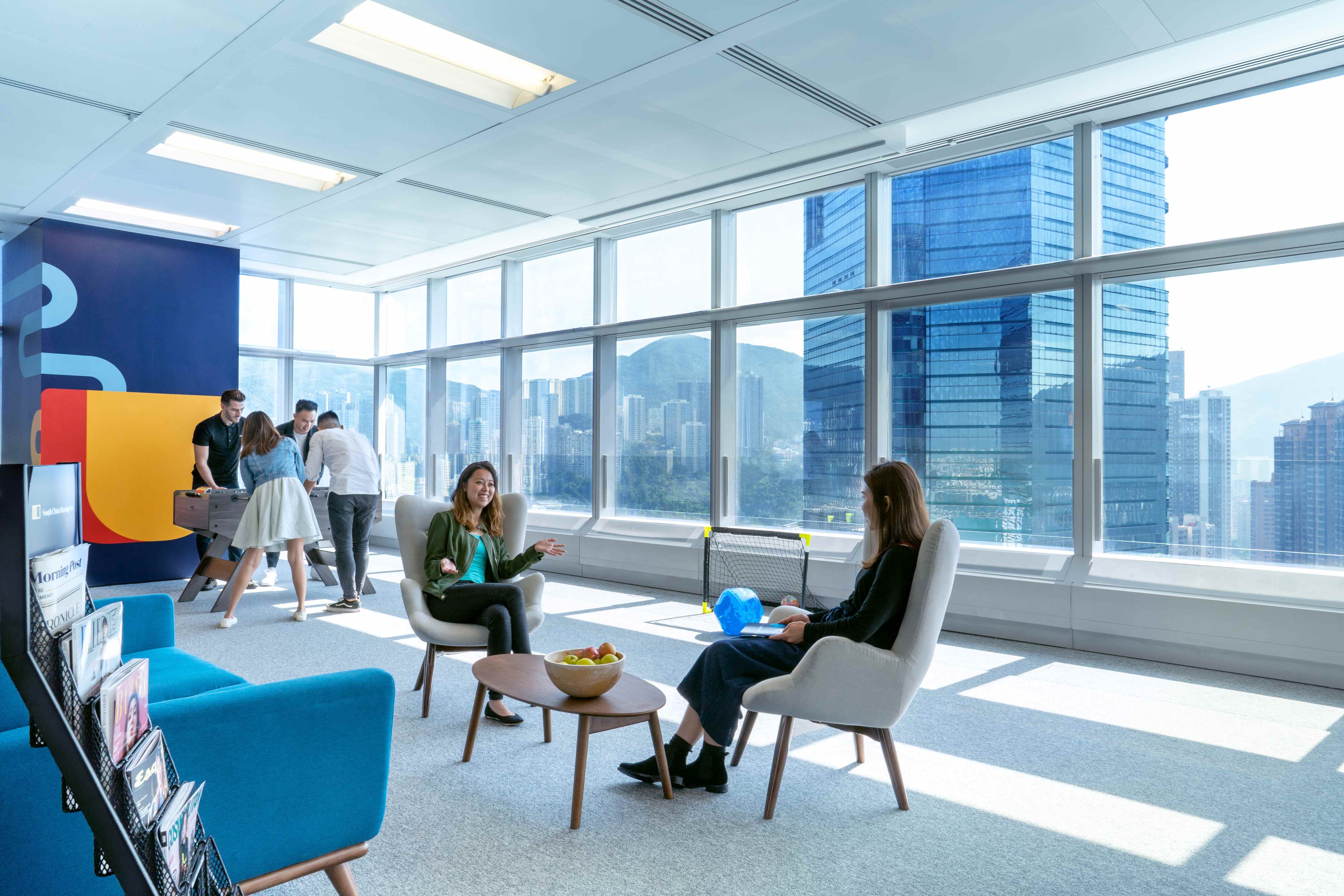
Furthermore, the focus on fostering a culture of belonging and community has become crucial for other significant reasons. A positive workplace culture attracts top talent and enhances collaboration and innovation. In an era where remote work and hybrid models are reshaping traditional office dynamics, companies realise that a vibrant culture acts as a unifying force. It instils a sense of purpose and identity among employees.
What Culture In A Workplace Means (And What It Doesn’t)
Establishing a vibrant workplace culture goes much beyond mere aesthetics and superficial gestures. It entails a finer understanding of the dos and don'ts contributing to a culturally aligned environment. Contrary to common misconceptions, simply adorning office walls with inspirational quotes or installing recreational amenities does not capture the essence of a well-crafted workplace culture.
It involves an ongoing dialogue with employees, valuing their feedback, and integrating their input into the organisational fabric. Accurate cultural alignment requires enabling an environment where employees feel heard and engaged. The key lies in creating a workplace that resonates with its workforce's collective identity and values.
Case in point: The newly done Licious’s office in Bengaluru
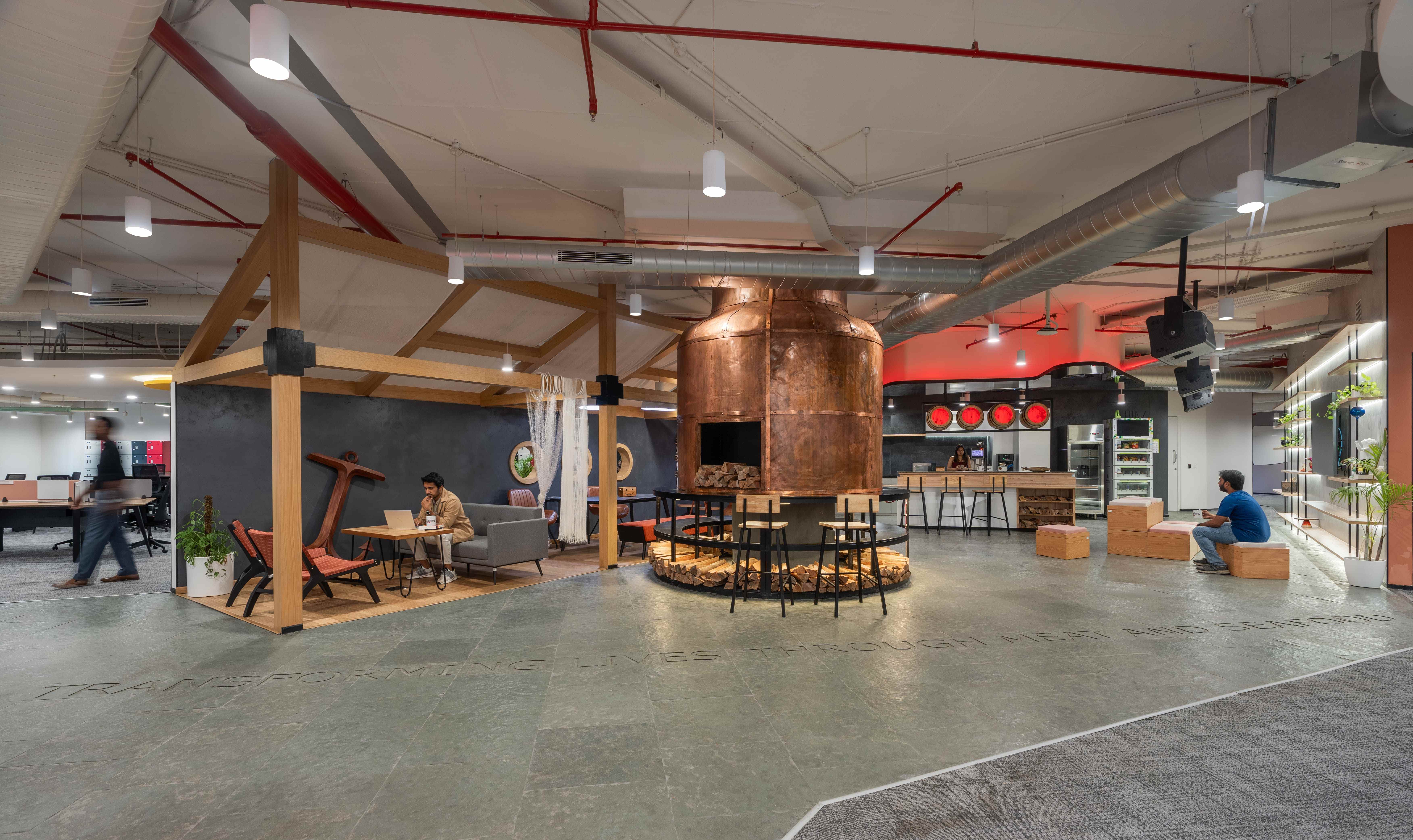
Licious’s Bangalore office, by Space Matrix, is a perfect example of how versatile and lively workplaces can be. Staying true to the Licious brand, the workplace has a tasteful blend of functional and enjoyable spaces.
Right from the Kebab Corner which lets culinary enthusiasts experiment their way with food, to The Gastro Studio introduces new recipes, and the Copper Chimney which serves delicious meals; every nook in Licious’ workplace is a flavorful dream realised. The result is a seamless and enjoyable experience that promotes job satisfaction and collaboration. An outcome achieved by catering to diverse work styles and needs in an environment that effortlessly blends work and hospitality.
Delve deeper into the story behind designing Licious’ new office!
Role Of Customised Work Environments In Empowering Your Employees
Work environments that can be tweaked to suit individual preferences offer numerous benefits, including a sense of ownership and individuality. Allowing the customisation of fundamental environmental aspects like the ability to adjust furniture, ensure ergonomic seating, adjust lighting, etc. goes a long way in enhancing employee productivity.
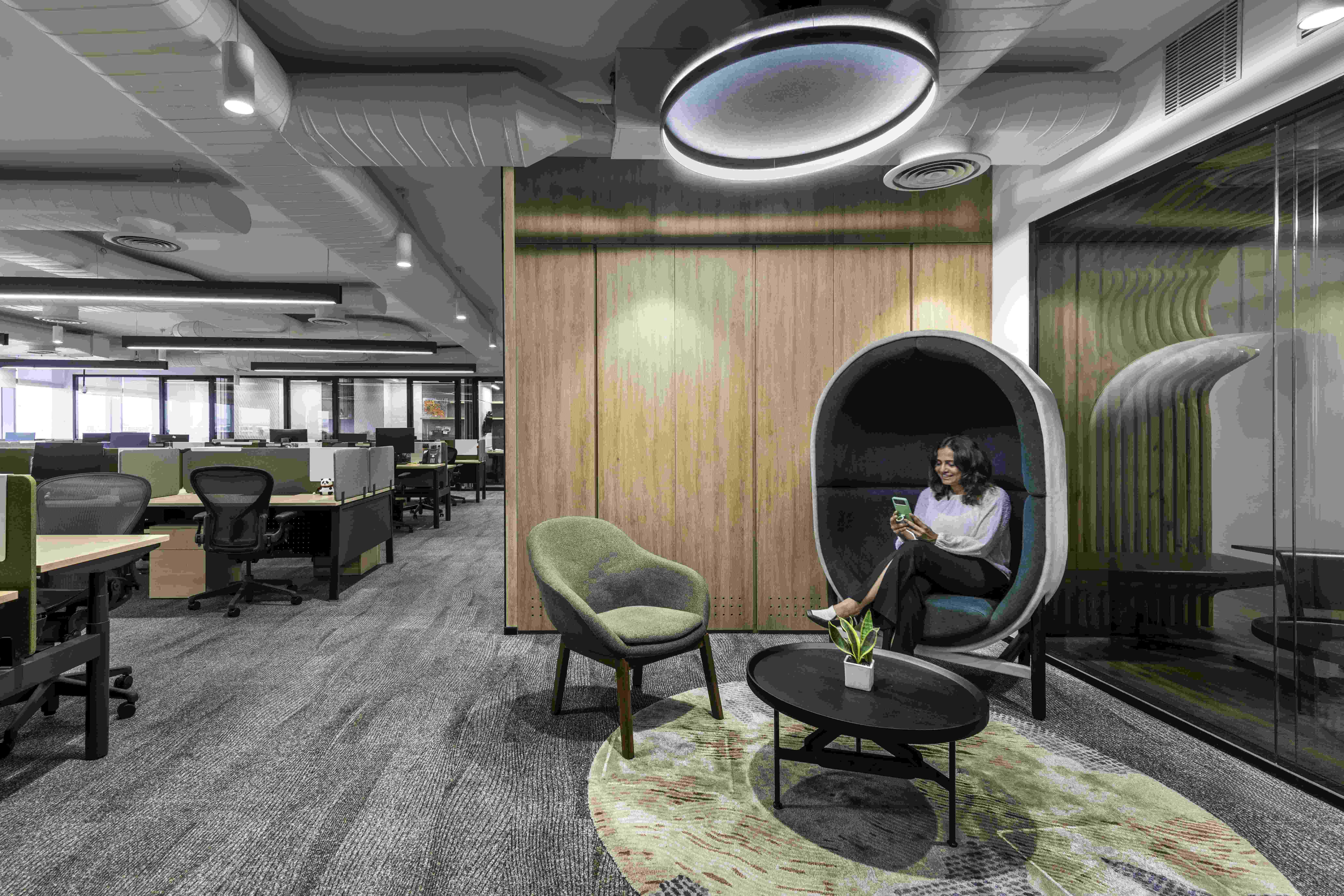
Encouraging expression through design choices empowers employees to infuse their unique personalities into their workspace. However, balancing individuality and team cohesion is critical to ensuring that customised spaces contribute positively to the modern workplace culture. When done thoughtfully, the collective of these ideal environments can reflect a diverse and inclusive culture where each team member feels valued.
Modern Office Design Trends That Promote A Sense Of Community
Modern office design trends prioritise community and collaboration. One of the critical trends involves transitioning from traditional to purposeful spaces. Here, the physical environment has thoughtful designs to align with the organisation's objectives. Embracing flexibility in workspace configurations is another crucial aspect. It allows for dynamic and adaptable layouts that facilitate collaboration and teamwork.
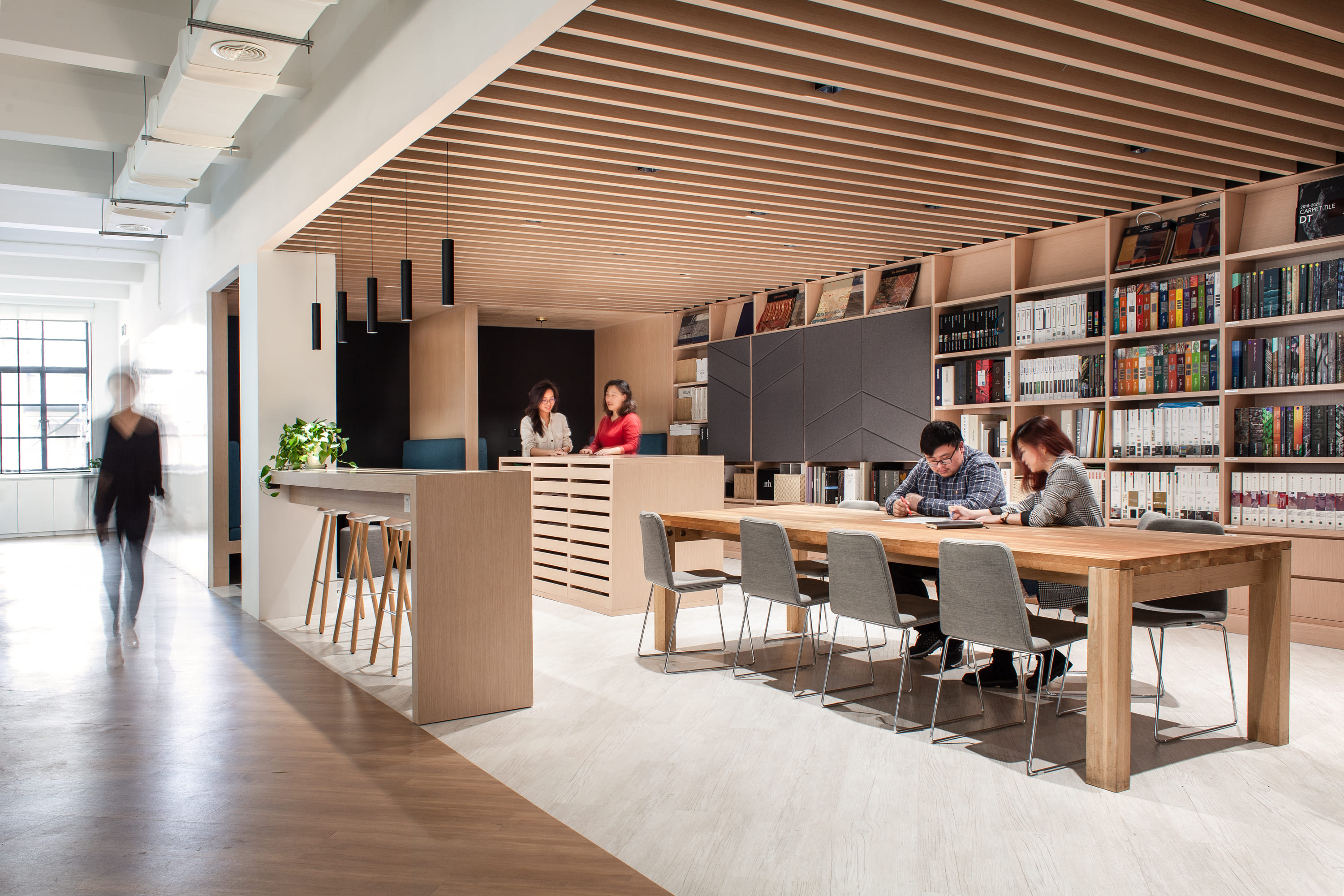
The above trend reflects a departure from static workstations to multifunctional spaces that you can customise for different tasks. Moreover, integrating inclusive design principles is vital to contemporary office design. It ensures the workspace caters to the diverse needs of employees. This not only promotes accessibility and equity but also fosters a sense of belonging among individuals with varied preferences and requirements. In essence, these modern office design trends contribute significantly to cultivating a vibrant and modern workplace culture that embraces the values of a modern workplace.
Creative Design Concepts For Building A Genuine, Inclusive Culture
Innovative designs can catalyse building an environment that genuinely reflects diversity and inclusivity. One notable example of this lies in change management initiatives. Instead of resorting to conventional approaches, organisations can leverage creative design to reshape physical spaces and workflows.
For example, consider introducing collaborative spaces that encourage cross-functional interactions. Such setups help break down silos and build a sense of unity. Including diverse elements in the design, like flexible workstations and inclusive meeting spaces, can help create an environment that celebrates individuality. At the same time, it can help build a sense of belonging among employees.

Why Do Purposeful Workplaces Ultimately Work?
The evolving modern workplace culture necessitates a deliberate shift in focus from superficial perks to purposeful design. The emphasis should be on the connection between the physical environment and the workplace culture. Embracing trends prioritising inclusivity and flexibility can help your organisation create an environment where employees feel valued and connected. If you are looking for ways to prioritise purposeful design that resonates with the ethos of a modern workplace, we can help.
Learn more about our expertise in crafting workplaces that reflect organisational values and nurture employee belongingness. Speak to our Workplace Experts today!
